BY LETTER
Savastos System
Galactography > Regions of Space > Middle Regions/Hinter-regions
Galactography > Places and Locales
Galactography > Systems and Worlds > Systems & Worlds S - T
Galactography > Places and Locales
Galactography > Systems and Worlds > Systems & Worlds S - T
Star system controlled by the Caretaker Gods, Zoeific Biopolity, and the Solar Dominion. | |
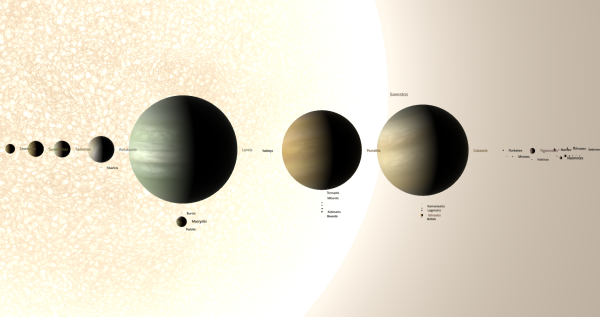 Image from Dangerous Safety and The Astronomer | |
| Home of the Garden World of Macrystis | |
Savastos System - Data Panel | |
| System | Name: Savastos Location: near HIP 15941/HD 20898 (03h 25m 16.26 and +60° 29` 01.4) - Distance from Sol: 2050 ly, Reached 5393 -Constellation from Earth: Camelopardalis |
|---|---|
| Star | Names: Savastos, YTS 32050-2-331-1 Physical characteristics: - Mass: 1.008 M - Radius: 0.988 R - Luminosity: 0.96 L - Temperature: surface temperature: 5775 K - Spectral type: G2V - Age: 3.63 BYA |
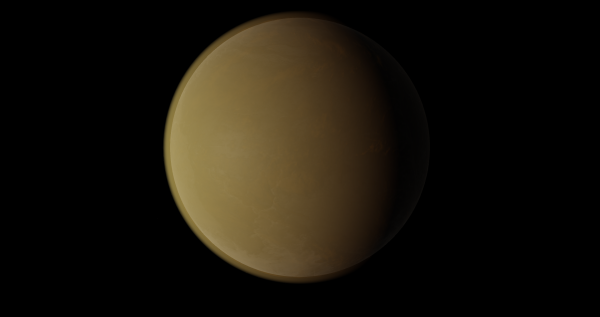 Image from Dangerous Safety and The Astronomer |
| First Planet | Name: Fasetuvastas Orbital characteristics: - Semi-major axis: 0.141 AU - Orbital period: 19.26 standard days - Eccentricity: .208 Physical characteristics: - Type: Videntian SulfoTerrestrial LapiMinervan Inundic Tundral IgneoGaian IgneoThalassic - Mass: 0.629 Earths - Radius: 0.848 Earths - Density: 5687 kg/m^3 - Mean surface acceleration: 0.876 G - Rotational period: 38.52 days - Albedo (Bond): 0.28 - Obliquity: 3.6 deg - Insolation: 48.29 Earths |
|---|
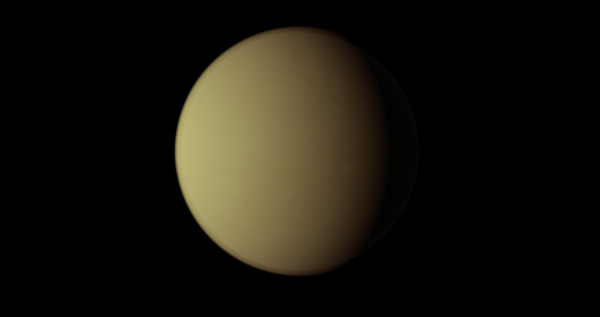 Image from Dangerous Safety and The Astronomer |
| Second Planet | Name: Suvakestas Orbital characteristics: - Semi-major axis: 0.407 AU - Orbital period: 94.46 standard days - Eccentricity: 0.033 Physical characteristics: - Type: Stilbonian SulfoTerrestrial LapiMinervan CapnoCytherean - Mass: 3.262 Earths - Radius: 1.390 Earths - Density: 6,696 kg/m^3 - Mean surface acceleration: 1.691 G - Rotation period: inf - Obliquity: n/a - Albedo: 0.33 - Insolation: 5.795 Earths |
|---|
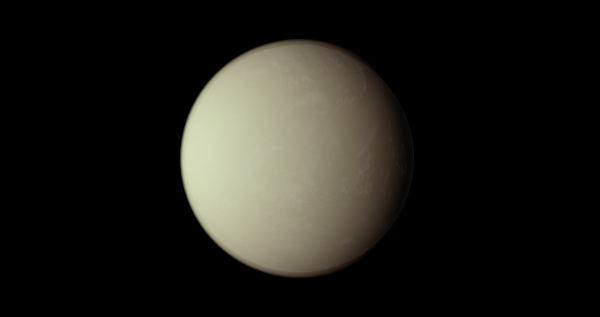 Image from Dangerous Safety and The Astronomer |
| 3rd planet | Name: Tadestas Orbital characteristics: - Semi-major axis: 0.591 AU - Orbital period: 165.3 days - Eccentricity: 0.0041 Physical characteristics: - Type: AcidiTerrestrial LapiMinervan AquaCytherean - Mass: 3.859 Earths - Radius: 1.466 Earths - Density: 6752 kg/m^3 - Mean surface acceleration: 1.798 G - Rotation period: 21.84 standard days - Obliquity: 17 degrees - Albedo (Bond) = 0.76 - Insolation: 2.749 Earths |
|---|
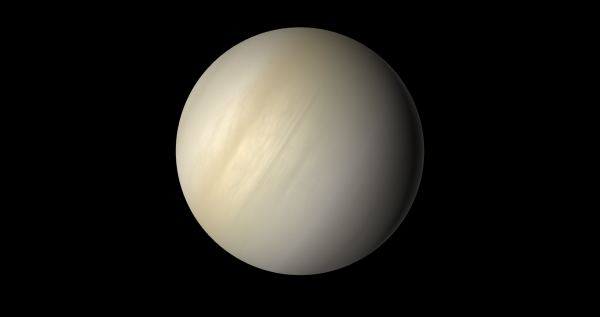 Image from Dangerous Safety and The Astronomer |
| 4th planet | Name: Relukestis Orbital characteristics: - Semi-major axis: 0.825 AU - Orbital period: 272.8 days - Eccentricity: 0.0053 Physical characteristics: - Type: Skolian HydroNeptunian CereYdratian AquaCytherean - Mass: 6.194 Earths - Radius: 1.922 Earths - Density: 2.424 kg/m^3 - Mean surface acceleration: 1.056 G - Rotation period: 22.28 hours - Obliquity: 59.2 deg - Albedo (Bond): 0.56 - Insolation: 1.409 Earths |
|---|
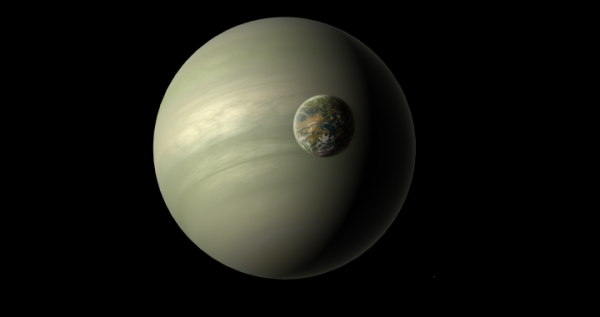 Image from Dangerous Safety and The Astronomer | |
| A distant view of macrystis and Lontis, taken by the first exploratory probes | |
| 5th planet | Name: Lontis Orbital characteristics: - Semi-major axis: 1.239 AU - Orbital period: 501.6 days - Eccentricity: 0.0137 Physical characteristics: - Type: Mesobiotic HydroJovian HydrogeoBarian - Mass: 141 Earths - Radius: 9.771 Earths - Density: 833 kg/m^3 - Mean surface acceleration: 1.2 G - Rotation period: 10.21 hours - Obliquity: 0.346 degrees - Albedo: 0.71 - Insolation: 0.625 Earths |
|---|---|
| Moon 5a | Name: Valfrutis Orbital characteristics: - Semi-major axis: 151.1 Mm - Orbital period: 13.74 hours Physical characteristics: - Type: Videntian Terrestrial Lapidian Apnean Satellite - Mass: 5.17E-07 Earths - Radius: 76.5 km |
| Moon 5b | Name: Burtis Orbital characteristics: - Semi-major axis: 192,240 Mm - Orbital period: 19.62 hours Physical characteristics: - Type: Videntian Terrestrial LapiMinervan Apean Satellite - Mass: 1.14E-04 Earths - Radius: 374 km - Albedo: 0.46 |
| Moon 5c | Name: Macrystis Orbital characteristics: - Semi-major axis: 508.8 Mm - Orbital period: 3.51 days Physical characteristics: - Type: Videntian Macrobiotic HydroTerrestrial LapiRhean Lacustrine Tundral AquaGaian Satellite - Mass: 0.813 earths - Radius: 0.935 Earths -surface acc: 0.93G - Albedo: 0.39 |
Macrystis is a Garden world, the largest moon of Lontis, a temperate gas giant. Macrystis has about 35% ocean coverage, much of it in an ocean on the side opposite from Lontis, along with a few shallower oceans on the Lontis-facing side. Most of the habitable land is tundra, as well as significant savanna, though the polar highlands can experience winters cold enough for carbon dioxide snow. Along continental margins, life thrives in temperate areas, while there are only tiny patches of tropical climates below sea level within tectonic rifts. Macrystis's orbital period and day length are identical at 3.51 Terran days, as it is tidally locked to Lontis. Climate is subject to significant daily temperature swings, in some areas resulting in a daily freeze-thaw cycle, and much of the world experiences highly seasonal rainfall.
Macrystian life originated over 3.1 billion years ago, and macrobiotic life first evolved about 545 million years ago. Microbial and macroscopic colonial life with a common ancestry to Macrystian life exists on Lontis as well. While it is unknown whether Macrystian life reached Lontis via natural panspermia or was placed there by ancient xenosophonts, Lontis's trojan planetoids are unusually carbonaceous, suggesting that Lontis could have been naturally enriched in carbon via impacts billions of years ago, which would have provided a route for life to get a foothold on arrival.
Noteworthy clades on Macrystis include:
-Veritalids: worm-like fauna, usually armored, sometimes with many legs, including some megafaunal apex predators such as the swimming lion-dragon worm-Poleworms: A type of veritalid that have a symbiosis with photosynthetic algae (usually tawny) and now grow into the most widespread trees and grass-like flora.
-Pterogams: fuzzy flying chitinous organisms with hydrostatic limbs and mouthparts, a single sex, and the ability to link together neurally.
-Cthuloroids:Blind and soft-bodied deep sea organisms with stinging tentacles, whose life cycle involves multiple individuals merging together within a biomineralized cocoon.
-Quads: A diverse group, originally with four-way radial symmetry, walking on four limbs.
-Papercutters: A family of mite-sized quads often gengineered to be biobots, post colonization. More information.
-Tardupods: A type of quad that have developed bilateral symmetry, with endoskeletons and two or three legs (or fins), constituting much Macrystian megafauna.
-Sponge Flora:Relatives of quads with orange photosynthesis, which often resemble shrubs and cacti but have sponge-like flesh.
-Tawny and black flora:The main true flora on Macrystis; one variety of black flora creates a unique regional biome known as the mangrove taiga"
| Moon 5d | Name: Posbitis Orbital characteristics: - Semi-major axis: 3.47 Gm - Orbital period: 62.72 days Physical characteristics: - Type: Posbitis Videntian Terrestrial Lapidian Apnean Satellite - Mass: 7.71E-07 Earths - Radius: 65.0 km - Albedo: 0.47 |
|---|
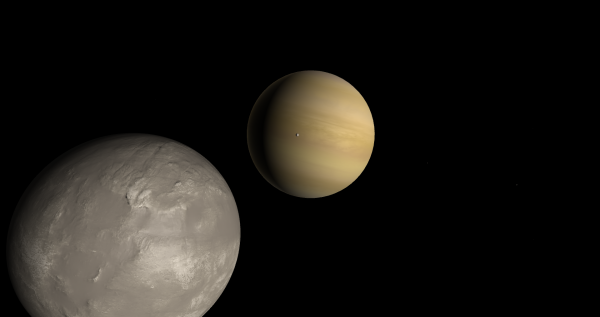 Image from Dangerous Safety and The Astronomer | |
| Huraltis and one of its moons, Delkystis | |
| 6th planet | Name: Huraltis Orbital characteristics: - Semi-major axis: 4.671 AU - Orbital period: 10.05 days - Eccentricity: 0.0114 Physical characteristics: - Type: SulfaJovian HydrogeoBarian - Mass: 33.80 Earths - Radius: 7.172 Earths - Density: 505 kg/m^3 - Mean surface acceleration: 0.565 G - Rotation period: 15 hours - Obliquity: 10.6 deg - Albedo: 0.35 -Insolation: 0.044 Earths |
|---|
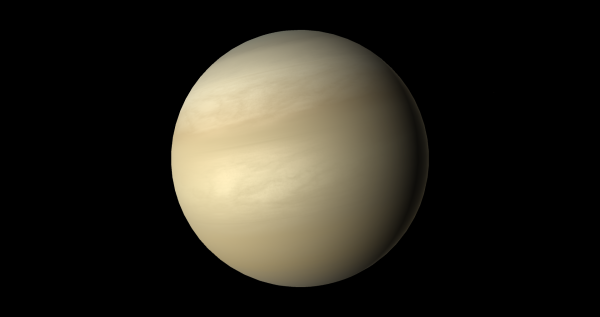 Image from Dangerous Safety and The Astronomer |
| 7th planet | Name: Listastis Orbital characteristics: - Semi-major axis: 7.928 AU - Orbital period: 22.23 years - Eccentricity: 0.0036 Physical characteristics: - Type: SulfaJovian HydrogeoBarian - Mass: 56.69 Earths - Radius: 8.194 Earths - Density: 568 kg/m^3 - Mean surface acceleration: 0.717 G - Rotation period: 13.9 hours - Obliquity: 18.7 deg - Albedo: 0.41 -Insolation: 0.015 Earth's |
|---|
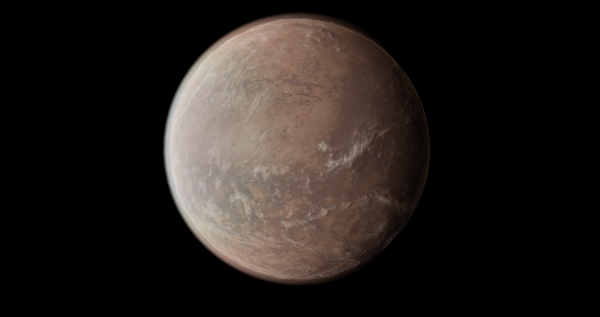 Image from Dangerous Safety and The Astronomer |
| 8th planet | Name: Tigonustas Orbital characteristics: - Semi-major axis: 18.29 AU - Orbital period: 77.9 years - Eccentricity: 0.091 Physical characteristics: - Type: Terrestrial CereRhean Estuarine Tundral AzoGaian - Mass: 0.0747 Earths - Radius: 0.523 Earths - Density: 2.879 kg/m^3 - Mean surface acceleration: 0.268 G - Rotation period: 18.4 hours - Obliquity: 26.2 degrees - Albedo: 0.41 - Insolation: 0.0029x Earth's |
|---|---|
| 8a moon | Name: Nakitas Orbital characteristics: - Semi-major axis: 86.32 Mm - Orbital period: 10.68 days - Eccentricity: 0.0905 Physical characteristics: - Type: Terrestrial GeliRhean Apnean Satellite - Mass: 7.57E-05 Earths - Radius: 413 km - Density: 1534 kg/m^3 - Mean surface acceleration: 0.018 G - Rotation period: 10.69 - Obliquity: 26.2 degrees - Albedo: 0.3 - Insolation: 0.003 |
Related Articles
Appears in Topics
Development Notes
Text by Dangerous Safety
from the original short article by Steve Bowers, 07 December 2011 Short entry and illustrations Originally created by Anders Sandberg and Steve Bowers Expanded 2020-present (2024) By Banelord, Salty, TSSL, Martine, Schwefel Kamm, Worldtree, DocViviLeandra, Dangerous Safety, Destructules, The Astronomer, Everything4404, Cube67, Andonis, Oofles, MajGenrelativity, Teris, Dinomaster337, Cynognathus823, Nikolai- Prince of Denmark, Not Applicable, A Human, et al
Initially published on 10 February 2024.
from the original short article by Steve Bowers, 07 December 2011 Short entry and illustrations Originally created by Anders Sandberg and Steve Bowers Expanded 2020-present (2024) By Banelord, Salty, TSSL, Martine, Schwefel Kamm, Worldtree, DocViviLeandra, Dangerous Safety, Destructules, The Astronomer, Everything4404, Cube67, Andonis, Oofles, MajGenrelativity, Teris, Dinomaster337, Cynognathus823, Nikolai- Prince of Denmark, Not Applicable, A Human, et al
Initially published on 10 February 2024.






